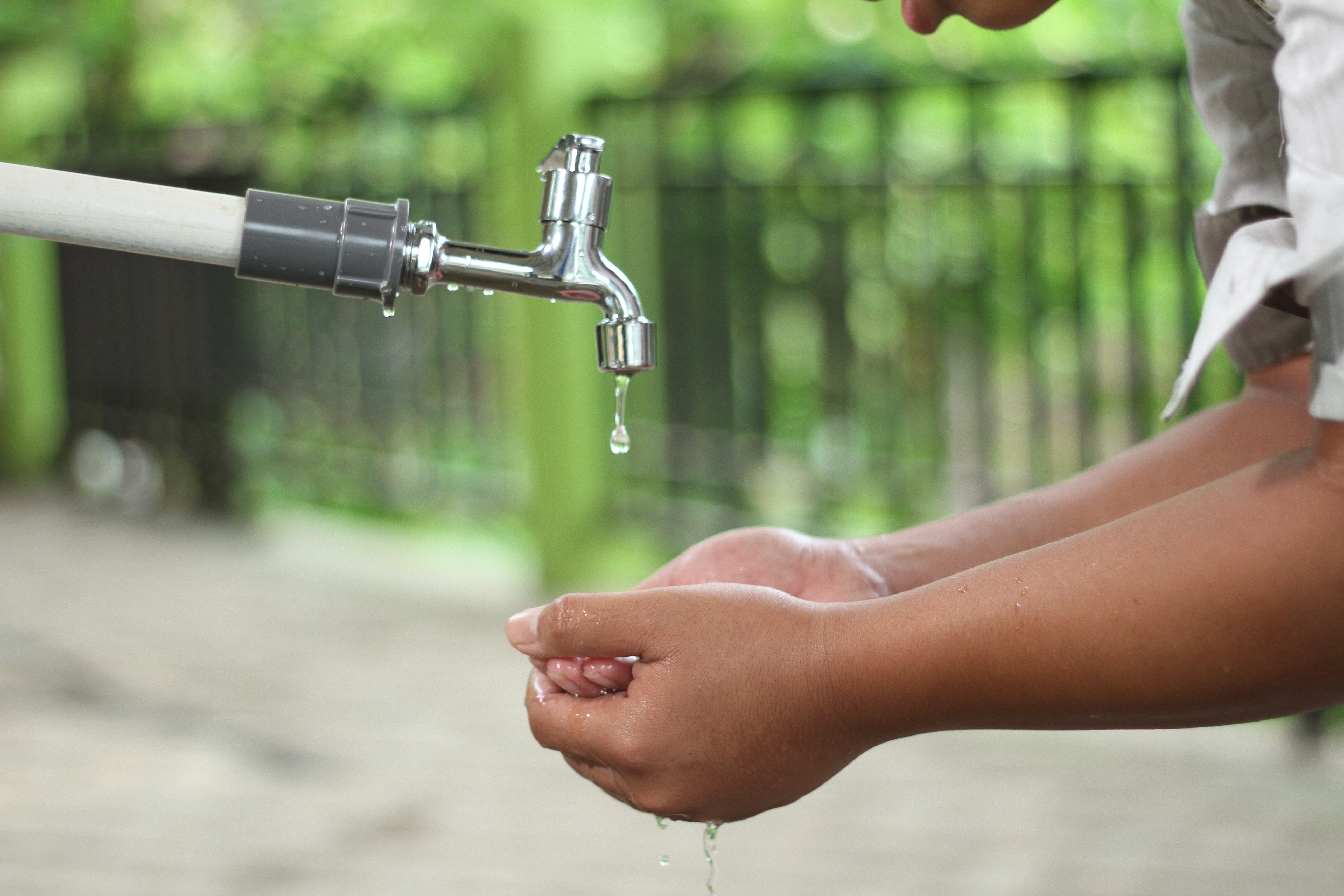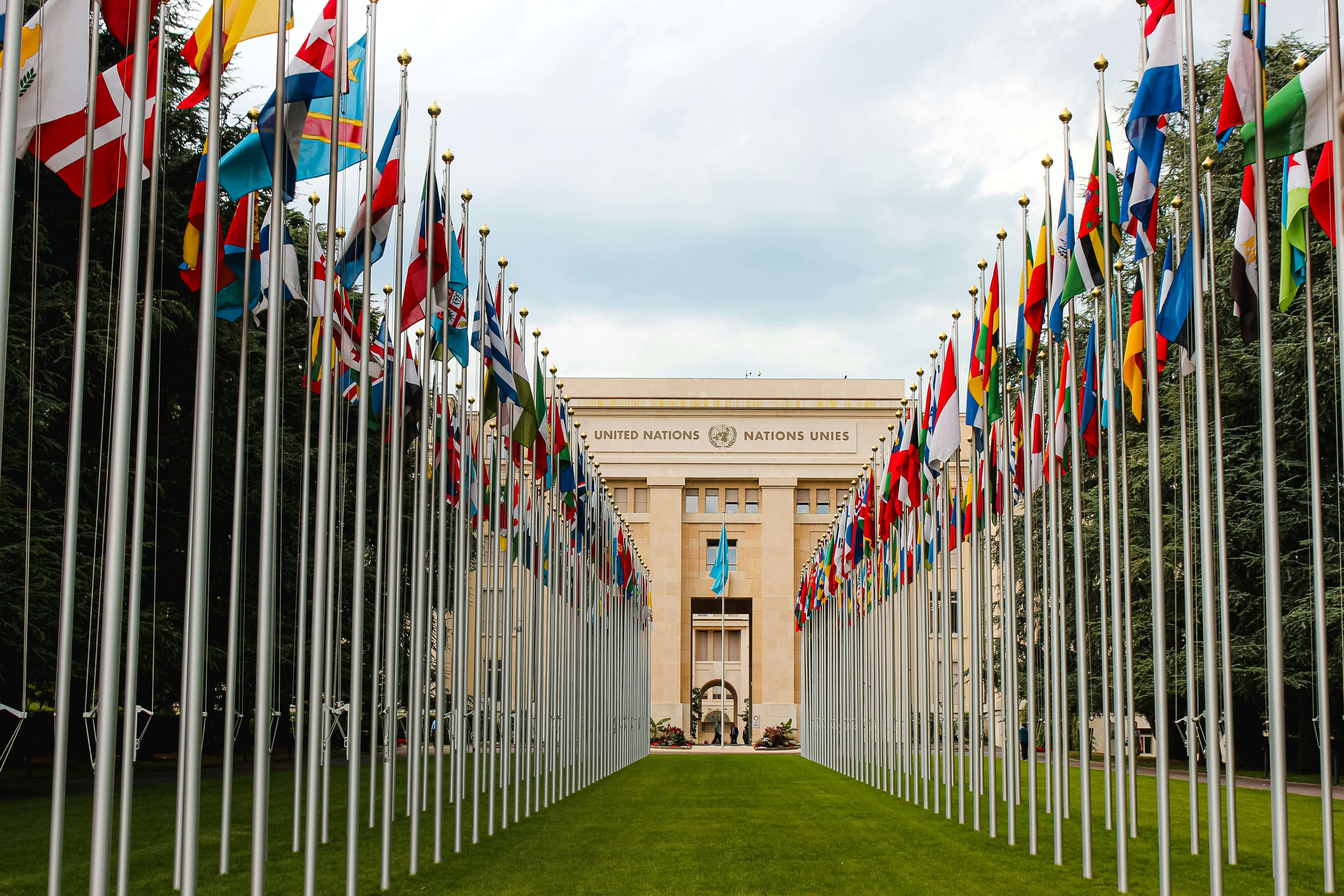International Review of Research in Developmental Disabilities, Volume 66, 2024, Pages 1-31
This content aligns with Goal 3: Good Health by highlighting the significant impact of sleep disorders on the physical, cognitive, and emotional well-being of children with autistic spectrum disorders (ASDs) and their families, emphasizing the importance of effective interventions such as parent-directed behavioral strategies and the careful use of melatonin. By advocating for a collaborative approach to treatment planning that involves parents and children, the content promotes a patient-centered model of care that can lead to better health outcomes. Additionally, it supports Goal 10: Reduced Inequalities by addressing the specific needs of children with ASDs and their families, ensuring that they have access to appropriate and evidence-based interventions that can improve their quality of life and reduce disparities in healthcare access and treatment effectiveness.
Resilient Futures
System Dynamics, Tech Innovations, and Climate Resilience
2025, Pages 113-134
This chapter ties into Sustainable Development Goal 13: Climate Action by focusing on the assessment and quantification of resilience to manage climate change risks and enhance adaptive capacity. By exploring methodologies, models, and real-world case studies, it provides valuable insights for stakeholders to effectively incorporate resilience metrics and climate change effects into research and policy.
Each year the RELX Environmental Challenge is awarded to projects that best demonstrate how they can provide sustainable access to safe water or sanitation. There is a $50,000 prize for the first place entry and a $25,000 prize for the second place entry. The winners also receive free access for one year to ScienceDirect, our Scientific, Technical & Medical business’ database of full text, scientific information. Projects must have clear practical applicability, address identified need and advance related issues such as health, education, or human rights.
United Nations Day 2025: Promoting Peace, Unity, and Global Partnerships
Celebrated annually on October 24, United Nations Day commemorates the establishment of the United Nations in 1945. This day is devoted to promoting global unity, international cooperation, and the organization's work in advancing peace, human rights, and sustainable development. Officially declared by the United Nations General Assembly in 1947, the observance was later recognized as an international holiday in 1971, encouraging all member states to honor it as a public holiday.



